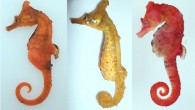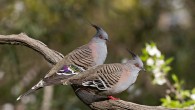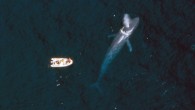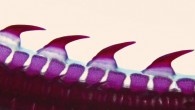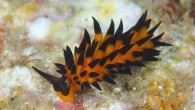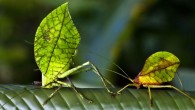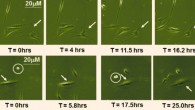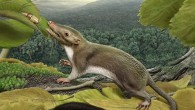An international team of scientists from Brazil and the United Kingdom has analyzed mouth-licking behavior of domestic dogs, and found that this behavior is not simply a response to food or uncertainty, but appears to be used as a signal to try to communicate with humans in response to visual cues of anger. According to Albuquerque et al, dogs have a functional understanding of emotional expressions. Image credit: Djul. Dr. Natalia Albuquerque from...




